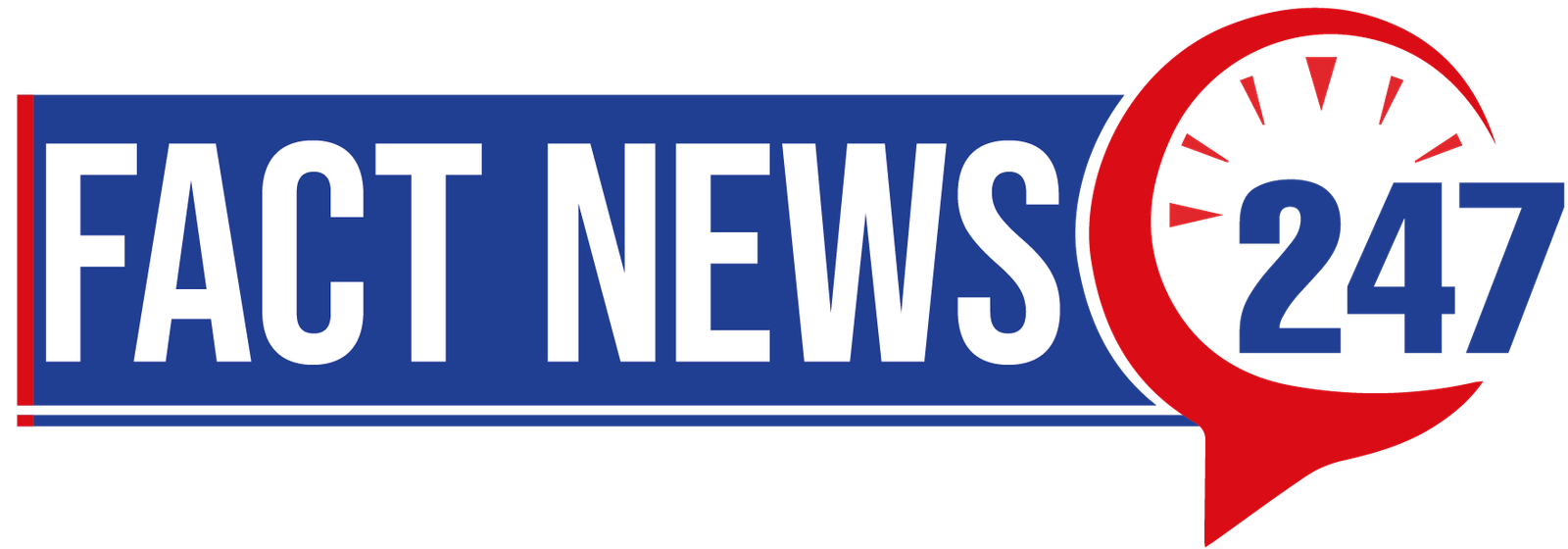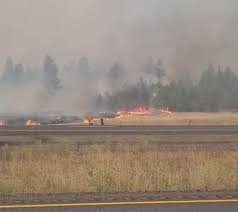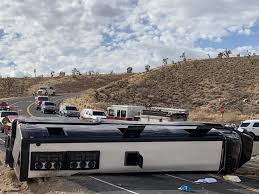Image Credit: NW FIRE BLOG
The Gray Fire in Medical Lake has left an indelible mark on the community and surrounding areas of Spokane County. This devastating wildfire, which erupted with sudden ferocity, has had a profound impact on the lives of residents, air quality, and the local environment. The incident has sparked discussions about fire safety, emergency response, and the long-term effects of such natural disasters on small towns like Medical Lake.
As this article delves into the Gray Fire, it will explore the timeline of events, examining how the blaze unfolded and spread. It will also assess the far-reaching consequences for Medical Lake and nearby regions, including evacuation efforts, property damage, and smoke-related health concerns. Furthermore, the piece will shed light on the ongoing response and recovery initiatives, touching on containment strategies, FEMA assistance, and the community’s resilience in the face of adversity. By providing a comprehensive overview, this article aims to offer insights into the challenges posed by wildfires and the importance of effective disaster management.
Timeline of the Gray Fire
Initial Outbreak
The Gray Fire began its destructive path on August 18, 2023, at approximately 12:27 PM near Gray Road, west of Medical Lake in Spokane County. The blaze quickly caught the attention of local authorities as it spread rapidly, fueled by gusty winds that pushed it eastward. Within hours, the situation escalated to a point where drastic measures became necessary.
Rapid Spread
As the afternoon progressed, the fire’s intensity increased dramatically. By nightfall, the Gray Fire had consumed an estimated 3,000 acres, prompting authorities to take swift action. The entire city of Medical Lake and nearby communities received evacuation orders. Interstate 90 was closed, and Level Three evacuation notices were issued for several areas, including the southern end of Clear Lake, the town of Four Lakes, and regions south along SR 904 and Murphy Road.
The fire’s rapid expansion led to significant property damage. Structures within Medical Lake were lost, with some neighborhoods burned to the ground. Firefighters scrambled to combat the blaze, utilizing helicopters to dump water on the fire. However, the gusty winds made their efforts challenging.
Containment Efforts
Initially, the Gray Fire was zero percent contained, presenting a formidable challenge to firefighting crews. However, as days passed, progress was made. By August 20, the fire had grown to 10,014 acres but reached 10% containment. A significant breakthrough came on August 22, when containment increased to 48%, aided by rainfall that allowed authorities to assess structural damage.
Evacuation orders began to ease, with most areas in Medical Lake lowered to Level 2 by August 22. Containment continued to improve steadily, reaching 58% by August 24, allowing for the reopening of Interstate 90 and state routes 904 and 902. By August 27, containment had reached 85%, with the burned area stabilizing at 10,085 acres.
The firefighting efforts culminated on September 1, when the Gray Fire was reported as 100% contained. This marked a significant milestone in the battle against the blaze, though recovery efforts continued. On September 5, 2023, all evacuation notices were officially rescinded, allowing residents to return to their homes and begin the process of rebuilding and recovery.
Impact on Medical Lake and Surrounding Areas
The Gray Fire had a profound effect on Medical Lake and its neighboring regions, causing widespread disruption and damage. The fire’s rapid spread led to immediate and far-reaching consequences for the community.
Evacuations
The intensity of the Gray Fire necessitated swift action to ensure public safety. Authorities issued evacuation orders that displaced at least 5,000 residents from Medical Lake and surrounding areas. The fire’s rapid eastward and southeastern progression prompted Level 3 evacuation notices, urging residents to leave immediately. Even after the fire was contained, Level 1 evacuations remained in effect through the holiday weekend within the fire area, advising residents to be ready to leave if necessary.
Property Damage
The Gray Fire’s destructive path resulted in significant property loss. Approximately 240 homes were destroyed, leaving many families without shelter and possessions. The fire consumed over 10,000 acres, causing extensive damage to structures and infrastructure. The scale of destruction was so severe that Governor Jay Inslee estimated the combined cost of repairs and rebuilding from the Gray Fire and another fire near Elk on the same day to exceed USD 5 billion.
Environmental Consequences
The environmental impact of the Gray Fire was substantial and long-lasting. Avista Utilities removed over 5,000 trees from Medical Lake and surrounding areas, with the actual number likely higher due to additional removals by firefighters, landowners, and volunteers. These trees were either dead or structurally compromised, posing risks to distribution lines during future weather events.
The fire’s aftermath left a significant ecological footprint. Steve Harris, the natural resource manager for the Washington Department of Natural Resources, projected that it might take at least a century for the area to return to a fully developed forest. The fire not only consumed trees but also burned potentially hazardous materials such as household chemicals, cars, and plastics. This resulted in smoke, ash, and particulate matter that polluted the air, damaged surrounding buildings, and left unpleasant odors.
Response and Recovery Efforts
Emergency Services
In the wake of the Gray Fire, emergency services swiftly mobilized to address the crisis. The American Red Cross, Greater Inland Northwest Chapter, played a crucial role by establishing shelters at Spokane Falls Community College and Riverside High School. These shelters provided essential services, including safe sleeping areas, meals, and health services such as first aid and prescription refills.
Spokane County Emergency Management coordinated efforts, providing fire evacuation maps and implementing the Alert Spokane system to keep residents informed. The Spokane County Sheriff’s Office and various Fire Districts worked tirelessly to manage the emergency situation and protect the community.
Community Support
The community’s response to the disaster was remarkable. Re*Imagine Medical Lake, initially focused on town promotion, shifted its mission to provide essential support to fire victims. They coordinated with the City of Medical Lake, local churches, businesses, and non-profits to meet emerging needs of residents.
Samaritan’s Purse offered free sifting for personal content and site clean-up for homeowners with little or no insurance. Local businesses, such as STEPS Custom Print Shop, sold “Medical Lake We Will Rise Up Gray Fire” shirts, with all proceeds going to those impacted by the fire.
Government Assistance
Government agencies at various levels stepped in to provide crucial assistance. Governor Inslee signed a proclamation making certain residents eligible for the Disaster Cash Assistance Program. The Federal Emergency Management Agency (FEMA) and the U.S. Small Business Administration (SBA) established in-person disaster outreach centers for fire survivors.
The Washington State Department of Natural Resources offered wildfire management support, while the State Office of the Insurance Commissioner assisted consumers with insurance-related concerns. Federal representatives, including Congresswoman Cathy McMorris Rodgers and Senators Patty Murray and Maria Cantwell, provided resources and support to their constituents.
The USDA Farm Service Agency offered several assistance programs to qualified agricultural producers affected by the wildfire, including emergency assistance for livestock and farm-raised fish, as well as programs covering grazing losses and livestock indemnity.
Conclusion
The Gray Fire in Medical Lake has had a significant impact on the community and surrounding areas of Spokane County. Its rapid spread led to widespread evacuations, extensive property damage, and long-lasting environmental consequences. The fire’s destructive path has brought to light the importance of effective disaster management and the need for ongoing support to affected communities to recover and rebuild.
The response to this disaster showcases the resilience and unity of the Medical Lake community. Emergency services, government agencies, and local organizations came together to provide crucial assistance and support to those affected. As recovery efforts continue, the lessons learned from the Gray Fire will likely shape future fire prevention strategies and emergency response plans, helping to better protect communities from the devastating effects of wildfires.
FAQs
- What was the cause of the Gray Fire in Medical Lake?
The Gray Fire, which caused extensive damage in Medical Lake in August, was ignited by sparks from a security light attached to a pole, operated by Inland Power and Light. This finding was concluded by a Department of Natural Resources investigation, which has led to multiple lawsuits claiming that Inland Power was responsible. - How many homes were destroyed in Medical Lake due to the Gray Fire?
More than 240 homes in Spokane County were destroyed as a result of the Gray Fire. Investigations by the Washington Department of Natural Resources indicated that the fire was sparked by a security light from Inland Power.
























+ There are no comments
Add yours